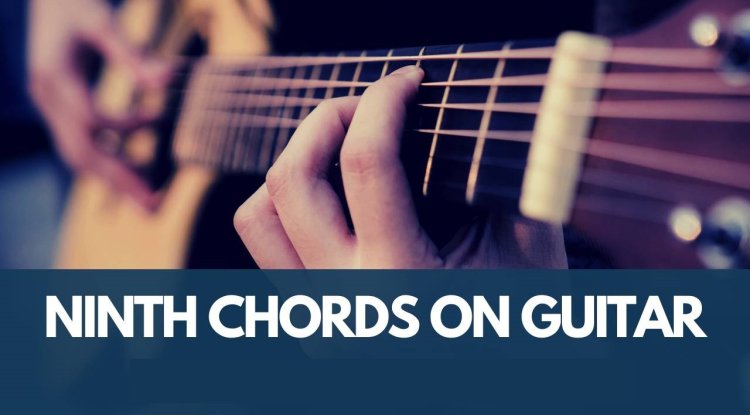Ninth chords
Dive into the world of ninth chords in music composition: major, minor, and dominant types explained. Learn to build and resolve these chords for richer harmonies. Perfect for aspiring composers.

As we have seen in previous articles, there are triad chords, seventh or four-note chords, but also ninth chords. These are constructed by stacking a third on top of a seventh chord, and they are called this way because there must be a ninth interval from the tonic to the last note.
It's worth remembering that by inverting this last interval, a second interval is obtained, meaning that if we master the second, we can do the same with the aforementioned ninth interval, being able to construct the chords easily.
It's important to mention that ninth chords can be written on any degree of the scale except the seventh, as this would be the leading tone of any succession.
If you want more information about such chords, be sure to read this new article.
Types of ninth chords
A chord is formed with several stacked thirds, in the case of ninth chords, there are four intervals of this distance that overlap. Depending on their composition, the following can be developed:
Major ninth chord: it consists of a major third, a minor third, another major, and the last minor.
Minor ninth chord: it is constructed from a minor third, major third, another minor, and the last major.
Dominant major ninth chord: it is made of a dominant seventh chord plus a major ninth.
Dominant minor ninth chord: it is created from a dominant seventh chord plus a minor ninth.
How should these chords be resolved?
In a four-voice harmonic composition, it's important to keep the following guidelines in mind for the correct resolution of this type of chords:
- The leading tone must go to the tonic. Both the seventh and the ninth should descend by step.
- It's worth noting that, in any melodic and harmonic composition, it's important to omit the fifth, while the ninth should be above the leading tone when making a connection.
It's important to mention that both the seventh and the ninth must be prepared, if not possible, they should move and resolve by stepwise motion.
Generally, these chords are written in root position, without having to invert them, so it will be easy to differentiate them from the rest.
What is the importance of these chords?
The more sounds there are, the fuller the chords will sound, which is always what is desired when composing musical pieces. However, we must remember that there are certain notes that create tension, such as the seventh and the ninth; these tensions must be resolved immediately to continue the musical piece.
As mentioned before, in the case of dominant ninth chords, the tension notes (seventh and ninth) must be resolved by stepwise motion, in the rest of the chords these rules may change, which will be explained in the upcoming posts.
Learning chords is always important in musical composition, therefore, the invitation is to continue practicing these topics so that one day you can become the music composer you wish to be.
What's Your Reaction?


















